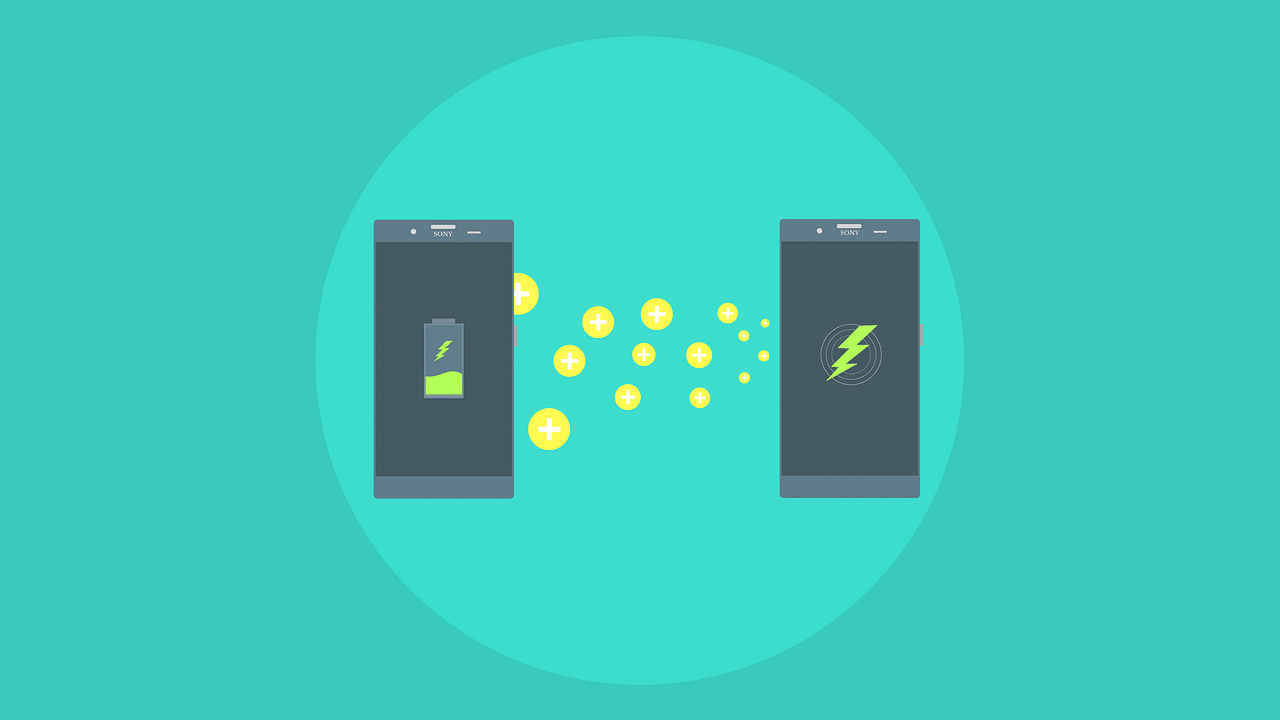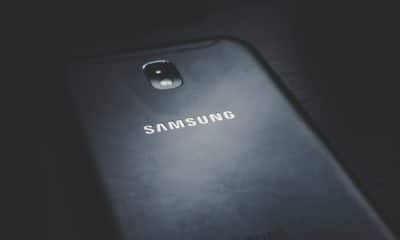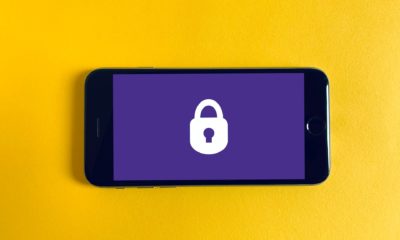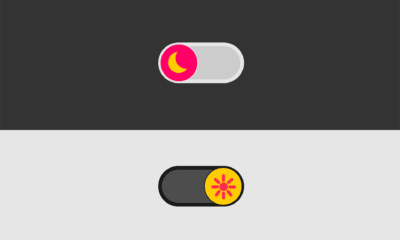Tech
Wireless Charging Technology: What is it, and how does it work?

The word “wireless” gives the idea that you can charge your phone without the use of wires, electronics, or cables. Wireless charging is one of the most popular trends in mobile technology today. Of course, it has been around for a while, but the problem was that it required proximity with the wireless charger to charge your phone, which could be an inconvenience when using it in public places.
Some of the benefits that you might not know about wireless charging include:
- Wireless chargers can help reduce battery consumption: Wireless chargers work by transferring power through induction and minimize power consumption by up to 45 percent.
- You can charge multiple devices at once: Wireless chargers also allow you to charge multiple smartphones, tablets, and other mobile devices at once.
- Wireless chargers are easy to use: A wireless charger does not need any cables for connection.
Wireless charging: The history of invention
Although wireless charging seems futuristic, it dated back to Tesla’s invention in 1890. More advanced wireless charging systems are now being developed. It may sound far-fetched, but it’s been over a hundred years since the idea of using wireless energy transmission was conceived. Recently, this has been improved thanks to the use of modern technology such as phones and laptops. Finally, we can see the results of this fantastic invention.
Nikola Tesla was a visionary and had an idea for a communication system way before it became a reality. By 1890, he had managed to invent & demonstrate the technology, but his vision didn’t have any practical use back in those days. Imagine what Nikola Tesla would have done if he’d seen his intuition become so widespread!
How wireless technology works?
Wireless charging uses a magnetic field to emit the energy from a device and transmit it across a short distance towards another device. It differs from the wireless transmission of information because it does not need any connecting signal so that the receiver can be completely isolated. This mode requires a charging stand or inductive wireless pad to charge the phone.
To better understand how wireless chargers work, learning about the two main types available is essential. The first type of wireless charger is an induction charger that uses electromagnetic induction to transfer power between two electrical conductors placed on either side of the device. The second wireless charger, which is more common, implements resonant coupling to send power wirelessly.
Wireless induction charging
Wireless charging modes work by wirelessly transferring electricity from a pad to your phone. The charging coils located in your phone and the pad need to be aligned correctly; otherwise, you won’t be able to receive a charge. Energy is inducted and moves along the coil of the pad to create a magnetic field. The magnetic field is detected by the electrons present in the device’s coil, causing them to move as well. This movement generates electricity which can be used to power up your phone.
Resonant wireless charging
The principle behind resonance wireless charging is the same as with induction charging. The only issue is with distance, so it’s mainly suitable for small devices. A critical difference with this type of charging is that the phone does not need to be aligned and placed perfectly on the charger for it to work. However, as the distance increases, the magnetic field that it produces decreases. If you would like your smartphone to charge quickly, keep it close to the charger pad.
Wireless charging: the Qi standard
The Qi standard is used by virtually all device manufacturers that use wireless charging, such as Apple & Samsung. The Qi standard is a collection of methods and specifications that cover all wireless chargers for phones. Compliance with this standard means that the charger will detect when your phone is placed on the pad and will switch power settings accordingly. The Qi standard is responsible for the safety standards established to ensure the quality and safety of both devices and those who use them. Wireless Power Consortium (WPC), which deals with the Qi standard, certifies Qi-compatible products. This certificate helps give you more peace of mind while using this technology. To avoid malfunctions, device damage, and excessive overheating of the pad or smartphone, buying only Qi-certified devices is always highly recommended.
-

 Business5 months ago
Business5 months agoBest Technology Companies To Work For: 10 Top Picks For You
-

 Business5 months ago
Business5 months agoLatest Developments In Artificial Intelligence: 5 Best Breakthroughs
-

 Development and Hacking4 months ago
Development and Hacking4 months agoEmerging Technologies In Cyber Security: Full Guide In 2025
-

 Phones4 months ago
Phones4 months agoFind My Phone Using Google Account: Full How To Guide (5 Steps)
-

 Business4 months ago
Business4 months agoBest Tech Cities In The US: 7 Opportunities You Shouldn’t Miss Out
-

 Phones3 months ago
Phones3 months agoFind Samsung Phone: 6 Great Ways To Find Lost Or Stolen Device
-

 Phones2 months ago
Phones2 months agoAll Google Apps: Ultimate Guide For The Most Useful Ones (2025)
-

 Phones2 months ago
Phones2 months agoSwitch From iPhone To Android: 7 Reasons For Switching Sides






























